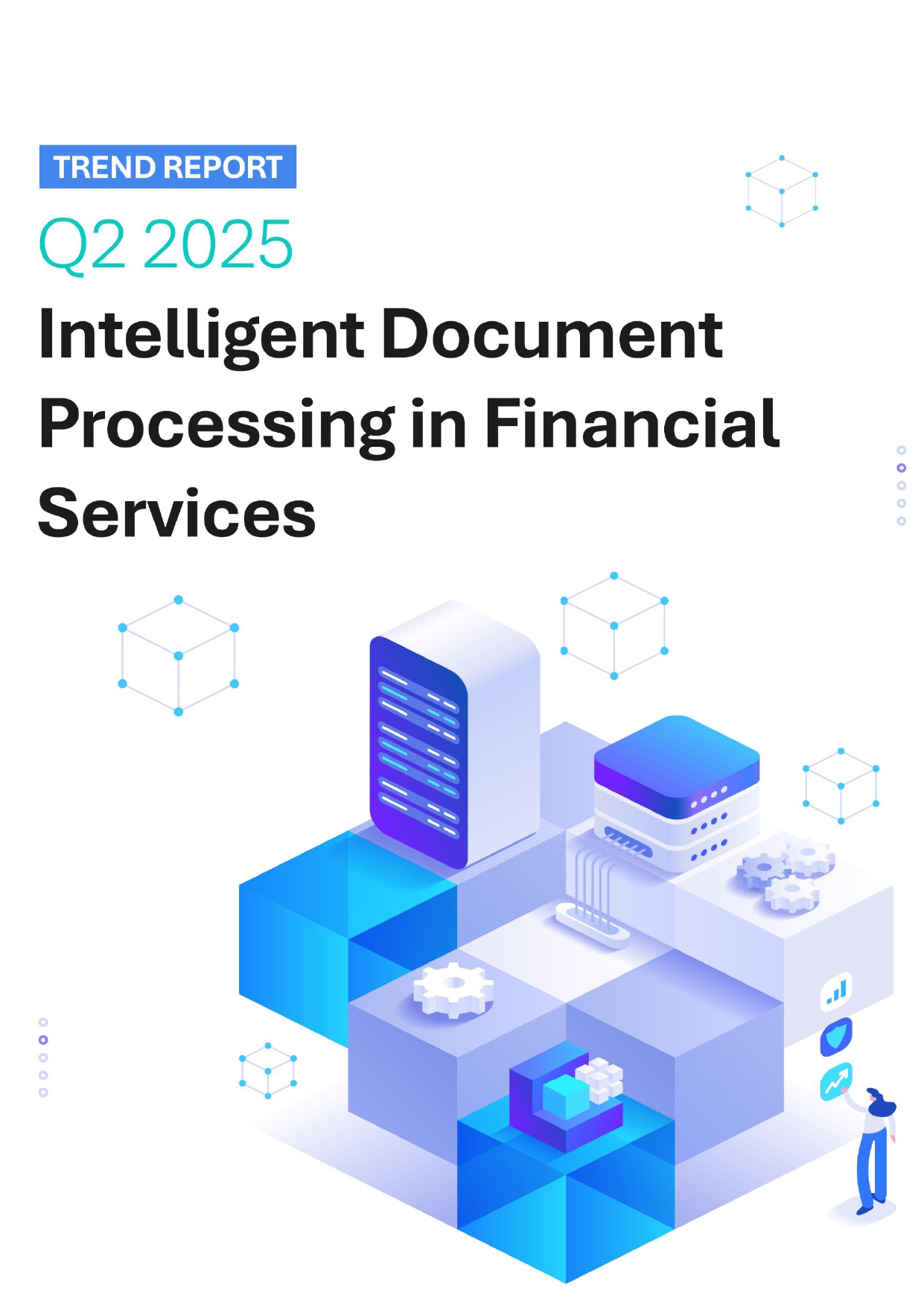 Back
Back
The Future of Payments: How digital innovations redefine shopping in a digital age

By Robert Bueninck, CEO, Unzer
As market digitalization accelerates, customer expectations are reshaping how we shop and pay, blending online and offline experiences into unified commerce. Digital wallets are rising in popularity, automated systems promise to simplify transactions, and innovations like tokenization, biometric authentication, and AI-driven fraud detection are enhancing security. The future of payments will hinge on consumer acceptance and the seamless integration of these new technologies into everyday life.
The age of “unified commerce” is being driven primarily by this transformation in payment habits and expectations.
Now, those buying a product or service may do so through various channels—online, mobile, or the traditional in-store experience. Retailers are being forced to link their online and offline sales channels to keep loyal customers. Unified commerce is the new name of the game.
Digital wallets and card payments on the rise
Changing shopping habits go hand in hand with new payment methods. Younger generations are showing a preference for paying with digital wallets, also known as “e-wallets.” These digital wallets enable instantaneous electronic transactions without physical cash or cards. The most popular digital wallets include Apple Pay, Google Wallet (Google Pay), Klarna, Amazon Pay, and PayPal.
Technically, wallets are primarily a place to store different funding sources securely – so users don’t have to enter their card details on a terminal. Users can link their debit or credit card and make online and offline payments at the point of sale (POS) using their smartphone. A traditional debit, credit card, or SEPA direct debit remains the basis for these payment transactions.
As a result, wallet providers are caught up in fierce competition for consumer preference, investing heavily in features and capabilities that will help them earn the spot of preferred payment method. An amusing anecdote illustrates this competition: Klarna, once seen primarily as the leading invoice purchase provider, is now venturing into the wallet space.
In-store habits are also changing. In central and southern Europe, nearly one-third of all retail sales are still made with coins and bills. But the trend is clearly in favour of cards, especially for larger amounts. As trends continue to show, Europeans prefer to use their debit cards over traditional payments. In addition, more and more people are paying in shops using their smartphones or other devices, i.e., using mobile wallets such as ApplePay.
A digital euro would revolutionise payments
The shift in consumer preference brings us to a topic that no article on payment behaviour can avoid now: the digital euro.
If the European Central Bank (ECB) has its way, the digital euro could become a reality by 2028. Payments would be made by smartphone or chip card, and consumers could exchange cash for digital euros at ATMs and vice versa. Online payments with the digital euro would be directly linked to a bank account; for offline use, money would have to be loaded into a unique wallet in advance.
The idea behind the digital euro is to make payments simpler, faster and more secure and to strengthen the autonomy and monetary sovereignty of the euro area. The ECB also expects the digital euro to spur innovations such as autonomous cars that can refuel themselves or a fridge that can order and pay for milk at the supermarket.
I believe this initiative’s success will largely depend on consumer acceptance, not on the technology itself. While infrastructure and merchant acceptance are crucial, the real test will be how quickly and widely consumers adapt to using the digital euro for their transactions.
For this to happen, the digital euro must be cheap to use, secure, risk-free, easy to utilise, and convenient. As mentioned above, the last two criteria could be challenging to achieve, given the increasing popularity of wallets.
Trust is key to change
Speaking of security, the best new ideas for making online payments more secure include tokenisation, multi-factor authentication, and the use of AI to improve fraud detection.
Tokenisation replaces sensitive card data with a unique code, making it harder for hackers to steal data. Multi-factor authentication, such as fingerprint or facial recognition, provides an additional layer of security. Real-time AI-based fraud detection is also making great strides, helping identify fraud and reject certain payments pre-emptively.
In retail, the trend is towards more automated systems. Biometric authorisation methods such as fingerprints and facial recognition could make physical payment devices obsolete.
Traditional checkouts are being replaced by self-service checkouts that automatically collect payments using weight sensors or image recognition. Technologies such as near-field communication (NFC) or QR code payments promise to make the payment process faster, more secure, and more convenient.
The future of payments
Connected retail that offers convenience, security, and choice, watches and rings that replace coins and notes at the checkout, and a fridge that reorders groceries—the future of payments is undoubtedly exciting.
At the same time, the success of these advancements will rely on their ability to seamlessly integrate into our daily lives, ensuring that consumers feel secure and empowered in their financial interactions. The rapid changes in consumer payment preferences are set to redefine how we perceive and interact with money, heralding a new era of digital convenience and security.
IBSi News
Get the IBSi FinTech Journal India Edition
- Insightful Financial Technology News Analysis
- Leadership Interviews from the Indian FinTech Ecosystem
- Expert Perspectives from the Executive Team
- Snapshots of Industry Deals, Events & Insights
- An India FinTech Case Study
- Monthly issues of the iconic global IBSi FinTech Journal
- Attend a webinar hosted by the magazine once during your subscription period
₹200 ₹99*/month
* Discounted Offer for a Limited Period on a 12-month Subscription
IBSi FinTech Journal

- Most trusted FinTech journal since 1991
- Digital monthly issue
- 60+ pages of research, analysis, interviews, opinions, and rankings
- Global coverage
Other Related Blogs
Related Reports

Sales League Table Report 2025
Know More
Global Digital Banking Vendor & Landscape Report Q2 2025
Know More
NextGen WealthTech: The Trends To Shape The Future Q4 2023
Know More
Intelligent Document Processing in Financial Services Q2 2025
Know More

